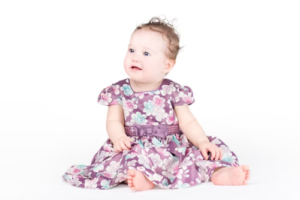A few months after birth, babies start making sounds like “uh” and “ah.” This is called cooing. Cooing is the first step to speech. You want to respond to your baby as much as possible. But what should you do? It’s not difficult at all. Just enjoy “conversation” together. You can also learn from the experiences of experienced mothers.
What is cooing? How is it different from babbling?
A few months after birth, babies start making sounds that are different from crying, such as “uh,” “eh,” and “ah.” This is called cooing, and is the basis of speech. Later, babies will be able to make more complex sounds (babbles) such as “a-bu,” but cooing is distinct from this babbling and is a vocalization that precedes babbling.
When cooing, babies produce vowels without using their tongue. Babies are not trying to communicate something, but are simply enjoying making sounds because they are in a good mood.
What’s the best way to respond to cooing?
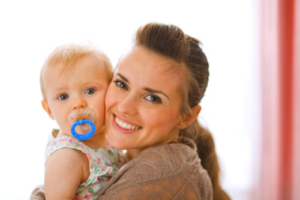
Cooing is a pre-talking stage for babies.
It is said that for language development, it is important to develop “non-verbal” communication such as facial expressions, gaze, and gestures before words.
When a mother responds to cooing with facial expressions, gaze, and voice, it helps to develop communication with the baby. Don’t think, “Because he’s a baby, he won’t understand,” but respond to cooing as much as you can.
When do babies start cooing?
Babies start cooing at about two months of age.
Up until now, they’ve mostly been crying and screaming, but when they start uttering sounds like “ah” and “uh” as if they’re enjoying a conversation with their mother, it’s so cute and brings a smile to their mother’s face.
My experience dealing with cooing!
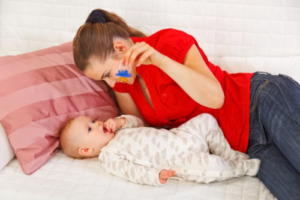
How do experienced moms actually deal with cooing? Here are five stories from experienced moms about how they dealt with cooing.
Experience 1: Impersonating a baby!
If you try cooing and talk to him, he will respond happily
You don’t need to do anything special. Just repeat what they say.
Experience 2: Cooing in response!
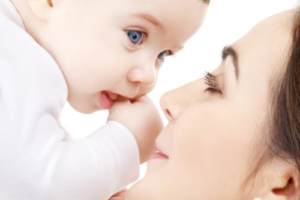
When he is cooing, if you respond with “Aguu” or “Auu”, he will start cooing happily again and laugh
Babies are happy when their mothers respond to them. The moment when they feel as if they have connected with their babies is also a very happy moment for the mother.
Experience 3: Communicating through responses
We talk for about 10 minutes, nodding and replying with “ah,” “uh-huh,” and “huh.”
Although they can’t yet speak, babies are “conversing.” Let’s talk together and enjoy the unique communication that only babies can have.
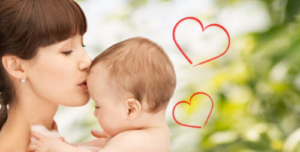
Experience 4: I started talking!
“Yes, yes, I see,” “
That’s right, I think so too, Mom,” “
You’re telling me stories,”
and sometimes I join in and imitate them by saying “Uh-huh.”
It’s good to show variations like this instead of simply imitating. It’s also good to record cute conversations on video. It will surely become a fond memory.
Experience 5: In many words
We play together, humming and humming, saying things like, “You’re in a good mood,” “You’re having fun,” “I see,” and “What’s that?”
This may also give you some hints on how to soothe your baby. In this way, your baby will learn many things.
Have fun talking to your baby
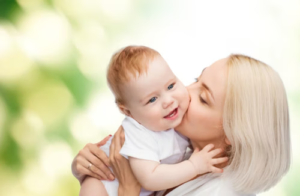
Babies are trying to communicate with their mothers and people around them from such an early age. When your baby starts cooing, try to imitate the sound, talk to him, and respond as much as possible.
Your baby will be happy if you respond to him. This feeling of “happiness!” and “fun” is likely to motivate communication. It is
really cute to see a baby talking in a good mood. You will naturally smile and start talking to him. Don’t overthink it, just enjoy talking with your baby.
